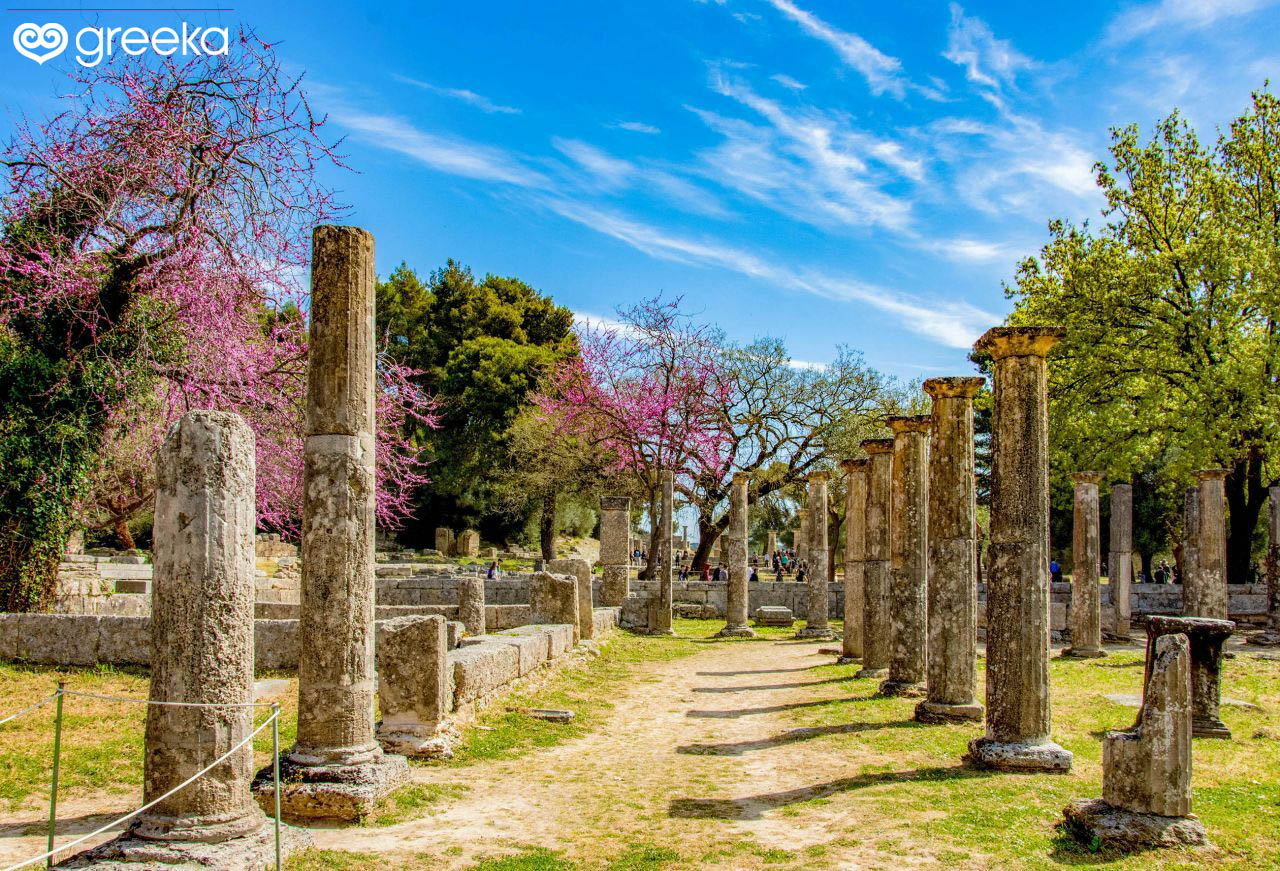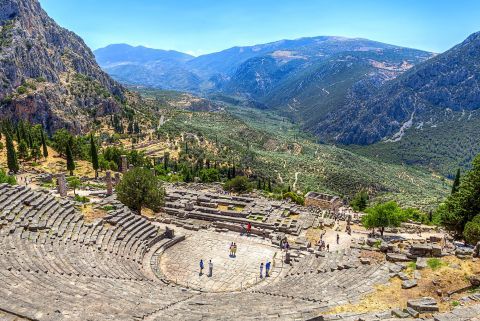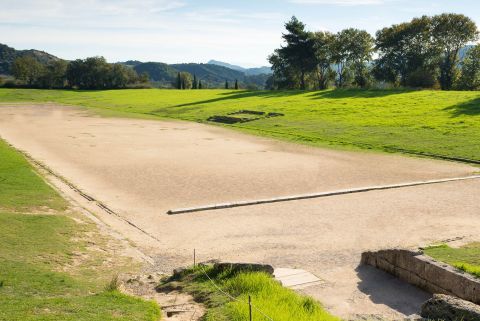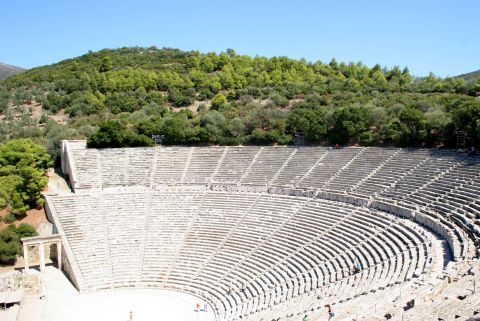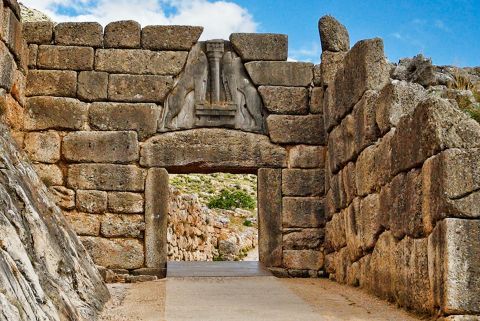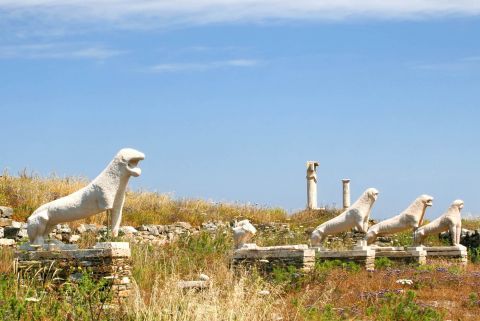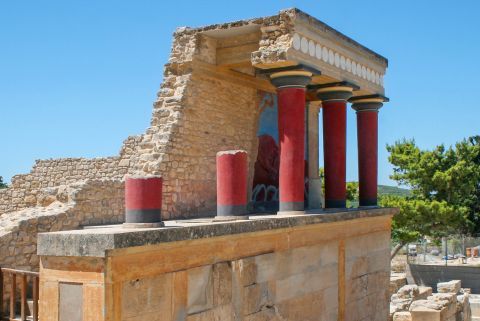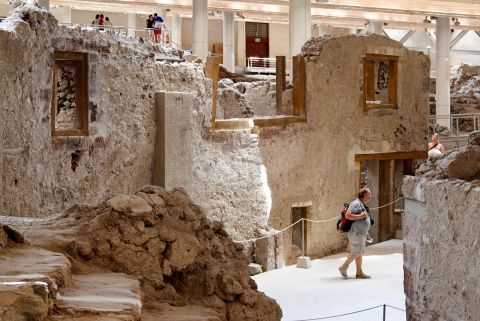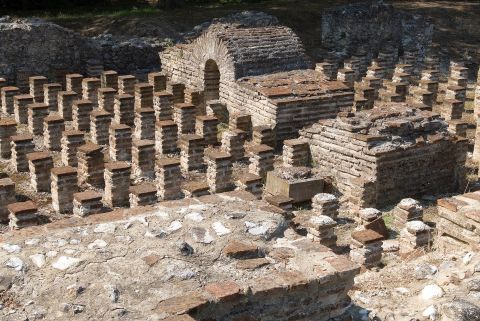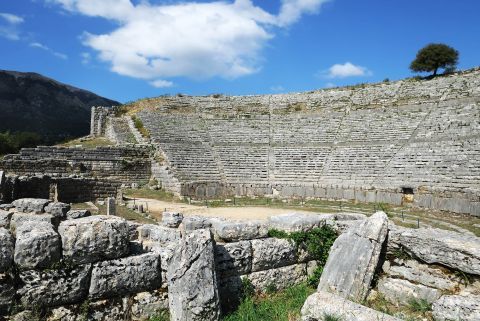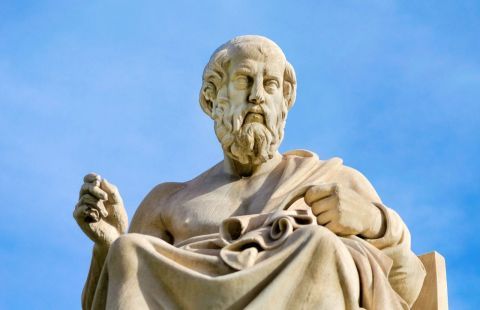The Temple of Zeus in Olympia
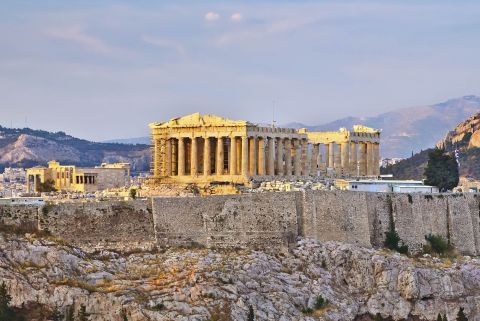
The Acropolis of Athens
The Acropolis of Athens is the main and most famous archaeological site in Greece. It is also called the Sacred Rock, stands on the highest point of Athens. It is considered the most important heritage of the Classical period and also as Europe's most important ancient monument. The Parthenon Temple is the main building on the Acropolis and constitutes an architectural splendor of ancient times.
The Acropolis stands proudly over the modern and busy city of Athens and it keeps reminding us that Athens was the cradle of a great civilization. Although temples were constructed there since the Archaic times, the Acropolis as we know it today was an idea of Pericles, the famous statesman of the Classical Era.
Made of fine Pentelian marble, the Acropolis and its buildings were constructed in the 5th century BC and it cost a huge amount of money for those times. The most famous buildings of the Acropolis are the Parthenon, the Erechtheion, the Temple of Athena Nike and the Propylaea.
